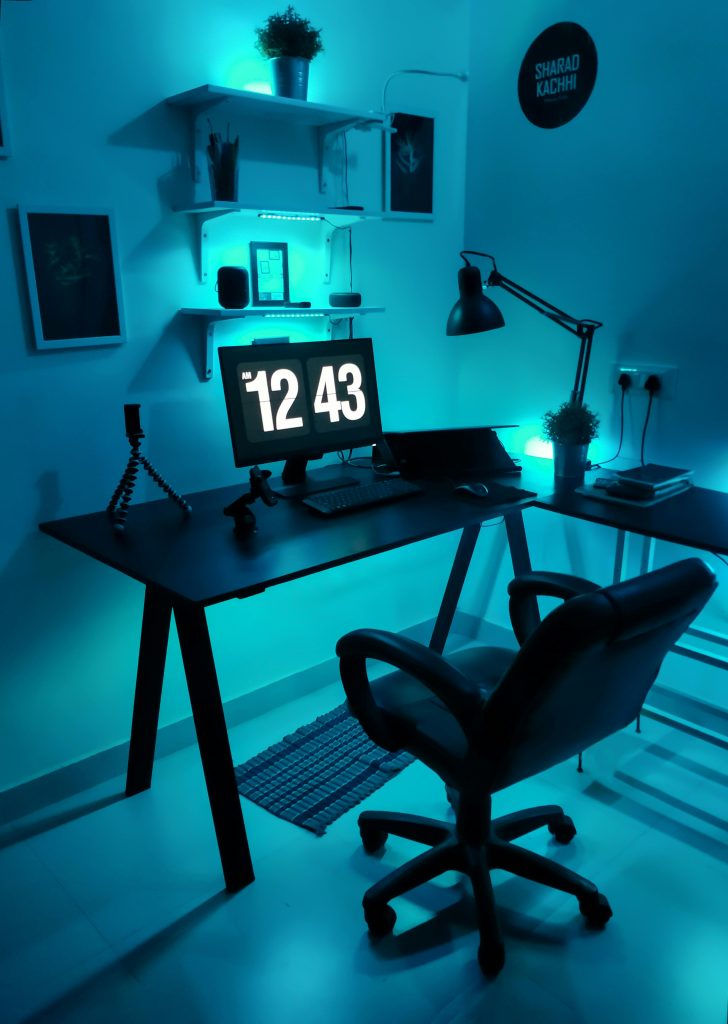Troubleshooting a Graphics Card That Only Operates Outside the Case
If you’ve ever encountered an unusual problem with your computer’s graphics card, you’re certainly not alone. One common issue involves a graphics card that works perfectly when set up outside the case, but fails to function once installed inside. If you’re experiencing this frustrating situation, you’re likely searching for answers.
The Issue at Hand
You connect your graphics card and all necessary components outside the case, and everything runs smoothly—your PC powers up, displays an image, and seems to be in good health. However, once you attempt to mount the graphics card within the enclosure, the situation shifts dramatically. While the rest of the computer operates normally, the graphics card remains unresponsive. This creates an unsatisfactory conundrum, especially if you’re aiming for a clean setup.
Possible Solutions
-
Check for Short Circuits: One of the first things to examine is whether the graphics card might be grounding against the case. Ensure that there are no standoffs or pieces of metal that could create a short circuit. A well-installed card should have enough clearance without any metal contact.
-
Inspect Power Connections: Make sure that the graphics card has all required power connections coming from the power supply. Sometimes, these connections can be slightly loose, leading to functionality issues once the card is installed inside the case.
-
Examine PCIe Slot: It’s also worth testing another PCIe slot on the motherboard, if available. The current slot might be malfunctioning, and using a different one could resolve the issue.
-
Properly Secure Everything: When reinstalling the graphics card, ensure that it is seated correctly in the PCIe slot and firmly secured. A loose installation could potentially hinder the card’s operation.
-
Test for Additional Hardware Issues: If the above steps don’t resolve the problem, consider testing other components. Sometimes, a malfunctioning power supply or motherboard might be the underlying cause of the issue.
-
Seek Expert Advice: If none of these solutions work, it may be time to consult with a professional technician. They may be able to identify problems that are not immediately visible, helping you get your graphics card back in action.
Final Thoughts
Navigating hardware issues can be challenging, but by methodically troubleshooting, you can often identify the root cause. Whether it’s grounding issues or seating problems, a bit of diligence may reveal a simple
Share this content:



